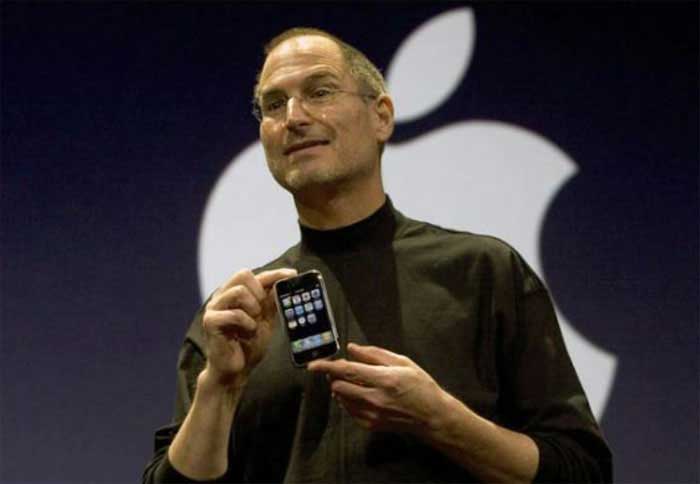According to some sources, veganism has grown in 500% since 2014 in the USA, and it continues to be on the rise. With so many people opting for a more ecologically and environmentally friendly diet with a higher focus on the ethical implications of raising animals for food, the vegan food business is a booming industry.
About 6% of Americans identify themselves as vegans. Meat consumption is blamed for many environmental issues as well as health issues, and people worldwide are switching to low-meat diets. Not only that, but many people (36% of America citizens according to one survey) who are not vegan are preferring to use milk alternatives or meat alternatives, which is another reason why the business is on such an upwards trend.
What this means is that across the market, share prices are rising in more ESG friendly companies. With a higher demand for milk and meat alternatives, producers are seeing a rise in stock value and having to hire more staff to produce more product to meet the demand of the consumers. If you are looking to start a business based upon the vegan diet, the sooner the better, as prices are only going to rise from here with only an increase predicted. Likewise, investing in a vegan diet related company is likely to yield good results, but buy them soon, as prices are increasing with the increasing demand. The alternative meat market is predicted to be worst $5.2 billion USD by 2020, and the plant based milk sector is predicted to be worth $16 billion by 2018.
Another industry that is likely to do well from this huge diet movement is the lab grown meat industry. While meat consumption is on the decline, most vegans or vegetarians opt for their diet over concerns of animal welfare, and if meat can be grown in a lab, it presents a cruelty free option. This is also more environmentally friendly and can be potentially closer monitored for infection and disease within the meat.
A lot of people switching to the vegan diet are concerned about their intake of protein and the long term effects it could have on their diet. There are many vegan athletes who are helping to promote the diet by proving that they are no weaker, or are indeed stronger because of their vegan diet. Plant proteins are considerably more healthy than animal proteins and are packed with antioxidants, phytonutrients and finer that are not found as abundantly in animal products. An affiliated organisation called the PBFA Research and Education Fund are conducting research and reaching out to retailers to help to increase the number of plant based products on supermarket shelves. This is another industry sector which is likely to continue to increase in size and demand over the next few years.
The rise in the vegan industry is so huge, that companies in the meat industry are starting to panic. They are trying to introduce laws that prohibit the exposure of the animal living conditions that are raised to produce meat. It is now a felony to take a picture of a pig suffering in a factory farm as it is a threat to their profits. Milk companies in the US are pleading with congress to make it illegal to label plant based milk alternatives as milk. Regardless, this information is likely to get out to the public, and either way we can continue to expect a decline in the meat and dairy industry as more communication pathways are opened up with the internet and more people decide to diminish their meat consumption as a result of it.
With the increase in interest in the vegan and vegetarian markets, there is also an increase in socially and ethically produced food and a higher focus on organic and natural eating. People are more willing to spend more money on products which conform to ESG factors than a few years ago, knowing it will support the worldwide market and most likely be more healthy to consume. Those who do eat meat want to know that their product comes from a happy animal. Those who drink coffee are more likely to seek out Fairtrade beans. The food industry is changing and market leaders should adapt to recognise the demand of the consumers.




